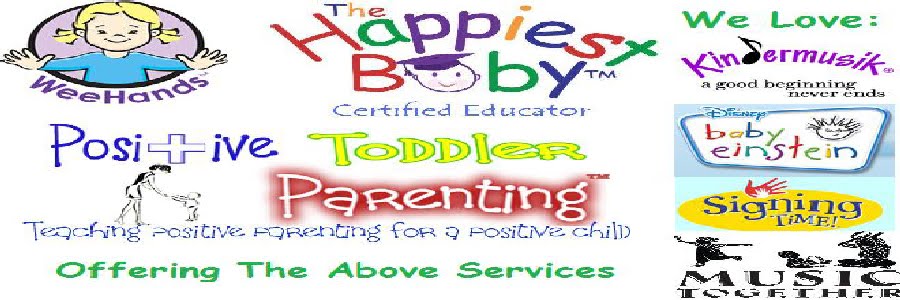To find out more about vaccine safety, please visit www.safeminds.org.
Physician's Warranty of Vaccine Safety
I (Physician's name, degree)_________________________, _____ am a physician licensed to practice medicine in the State of ________________ . My State license number is _______________, and my DEA number is _______________. My medical specialty is ______________________ . I have a thorough understanding of the risks and benefits of all the medications that I prescribe for or administer to my patients. In the case of (Patient's name) ___________________________ , age _________________ , whom I have examined, I find that certain risk factors exist that justify the recommended vaccinations. The following is a list of said risk factors and the vaccinations that will protect against them:
Risk Factor Vaccination:
_____________________________________________________
_____________________________________________________
_____________________________________________________
_____________________________________________________
_____________________________________________________
_____________________________________________________
_____________________________________________________
I am aware that vaccines typically contain many of the following fillers:
- Aluminum hydroxide
- Aluminum phosphate
- Ammonium sulfate
- Amphotericin B
- Animal tissues: pig blood, horse blood, rabbit brain, dog kidney, monkey kidney, chick embryo, chicken egg, duck egg, calf (bovine) serum
- Betapropiolactone
- Fetal bovine serum
- Formaldehyde
- Formalin
- Gelatin
- Glycerol
- Human diploid cells (originating from human aborted fetal tissue)
- Hydrolized gelatin
- Mercury thimerosol
- Monosodium glutamate (MSG)
- Neomycin
- Neomycin sulfate
- Phenol red indicator
- Phenoxyethanol (antifreeze)
- Potassium diphosphate
- Potassium monophosphate
- Polymyxin B
- Polysorbate 20
- Polysorbate 80
- Porcine (pig) pancreatic hydrolysate of casein
- Residual MRC5 proteins
- Sorbitol
- Sucrose
- Tri(n)butylphosphate
- VERO cells, a continuous line of monkey kidney cells, and washed sheep red blood
I hereby give my assurance that the vaccines I employ in my practice do not contain SV40 or any other live viruses. (Alternately, I hereby give my assurance that said SV40 or other viruses pose no substantive risk to my patient.)
I hereby warrant that the vaccines I am recommending for the care of (Patient's name) _______________ _______________________ do not contain any cells from aborted human babies (also known as fetuses).
In order to protect my patient's well-being, I have taken the following steps to guarantee that the vaccines I will use will contain no damaging contaminants.
Steps taken:
_______________________________________________________________
_______________________________________________________________
_______________________________________________________________
I have personally investigated the reports made to the VAERS (Vaccine Adverse Event Reporting System) and state that it is my professional opinion that the vaccines I am recommending are safe for administration to a child under five-years-old.
The bases for my opinion are itemized on Exhibit A, attached hereto, "Physician's Bases for Professional Opinion of Vaccine Safety". (Please itemize each recommended vaccine separately along with the bases for arriving at the conclusion that the vaccine is safe for administration to a child under five-years-old.)
The professional journal articles I have relied upon in the issuance of this Physician's Warranty of Vaccine Safety are itemized on Exhibit B, attached hereto, "Scientific Articles in Support of Physician's Warranty of Vaccine Safety". The professional journal articles that I have read which contain opinions adverse to my opinion are itemized on Exhibit C, attached hereto, "Scientific Articles Contrary to Physician's Opinion of Vaccine Safety". The reasons for my determining that the articles in Exhibit C were invalid are delineated in Attachment D, attached hereto, "Physician's Reasons for Determining the Invalidity of Adverse Scientific Opinions".
Hepatitis B:
I understand that 60 percent of patients who are vaccinated for Hepatitis B will lose detectable antibodies to Hepatitis B within 12 years. I understand that in 1996 only 54 cases of Hepatitis B were reported to the CDC in the 0-1 year age group. I understand that in the VAERS, there were 1,080 total reports of adverse reactions from Hepatitis B vaccine in 1996 in the 0-1 year age group, with 47 deaths reported. I understand that 50 percent of patients who contract Hepatitis B develop no symptoms after exposure. I understand that 30 percent will develop only flu-like symptoms and will have lifetime immunity.
I understand that 20 percent will develop the symptoms of the disease, but that 95 percent will fully recover and have lifetime immunity. I understand that 5 percent of the patients who are exposed to Hepatitis B will become chronic carriers of the disease. I understand that 75 percent of the chronic carriers will live with an asymptomatic infection and that only 25 percent of the chronic carriers will develop chronic liver disease or liver cancer, 10-30 years after the acute infection. The following studies have been performed to demonstrate the safety of the Hepatitis B vaccine in children under five-years-old.
_______________________________________________________________
_______________________________________________________________
_______________________________________________________________
In addition to the recommended vaccinations as protections against the above cited risk factors, I have recommended other non-vaccine measures to protect the health of my patient and have enumerated said non-vaccine measures on Exhibit D, attached hereto, "Non-vaccine Measures to Protect Against Risk Factors".
I am issuing this Physician's Warranty of Vaccine Safety in my professional capacity as the attending physician to (Patient's name) ________________________________. Regardless of the legal entity under which I normally practice medicine, I am issuing this statement in both my business and individual capacities and hereby waive any statutory, Common Law, Constitutional, UCC, international treaty, and any other legal immunities from liability lawsuits in the instant case. I issue this document of my own free will after consultation with competent legal counsel whose name is _____________________________, an attorney admitted to the Bar in the State of _________________.
__________________________________ (Name of Attending Physician)
__________________________________ L.S. (Signature of Attending Physician)
Signed on this _______ day of ______________ A.D. ________
Witness: _______________________________ Date: _____________________
Notary Public: ___________________________ Date: _____________________
Proud Mama To
